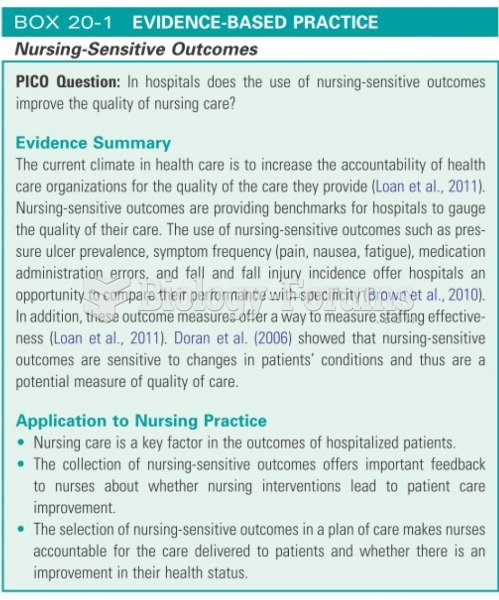|
|
|
The Romans did not use numerals to indicate fractions but instead used words to indicate parts of a whole.
Women are 50% to 75% more likely than men to experience an adverse drug reaction.
Drying your hands with a paper towel will reduce the bacterial count on your hands by 45–60%.
In the United States, congenital cytomegalovirus causes one child to become disabled almost every hour. CMV is the leading preventable viral cause of development disability in newborns. These disabilities include hearing or vision loss, and cerebral palsy.
An identified risk factor for osteoporosis is the intake of excessive amounts of vitamin A. Dietary intake of approximately double the recommended daily amount of vitamin A, by women, has been shown to reduce bone mineral density and increase the chances for hip fractures compared with women who consumed the recommended daily amount (or less) of vitamin A.







